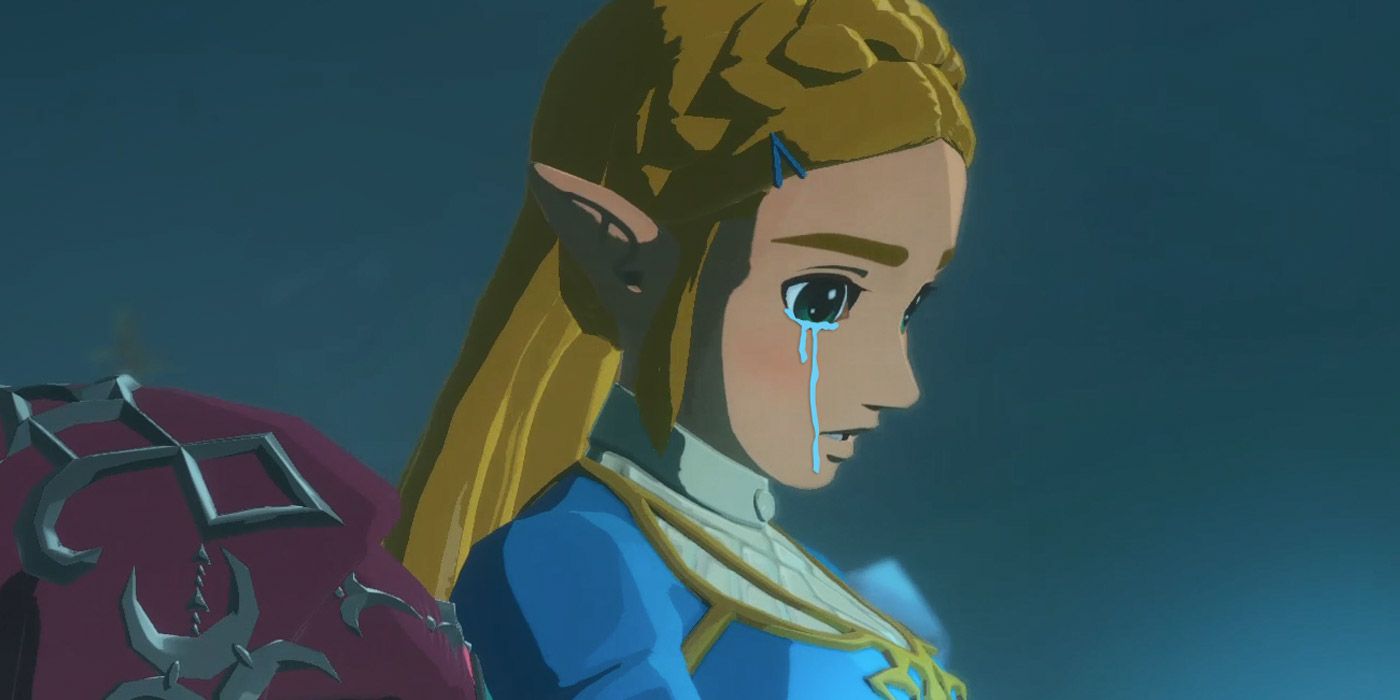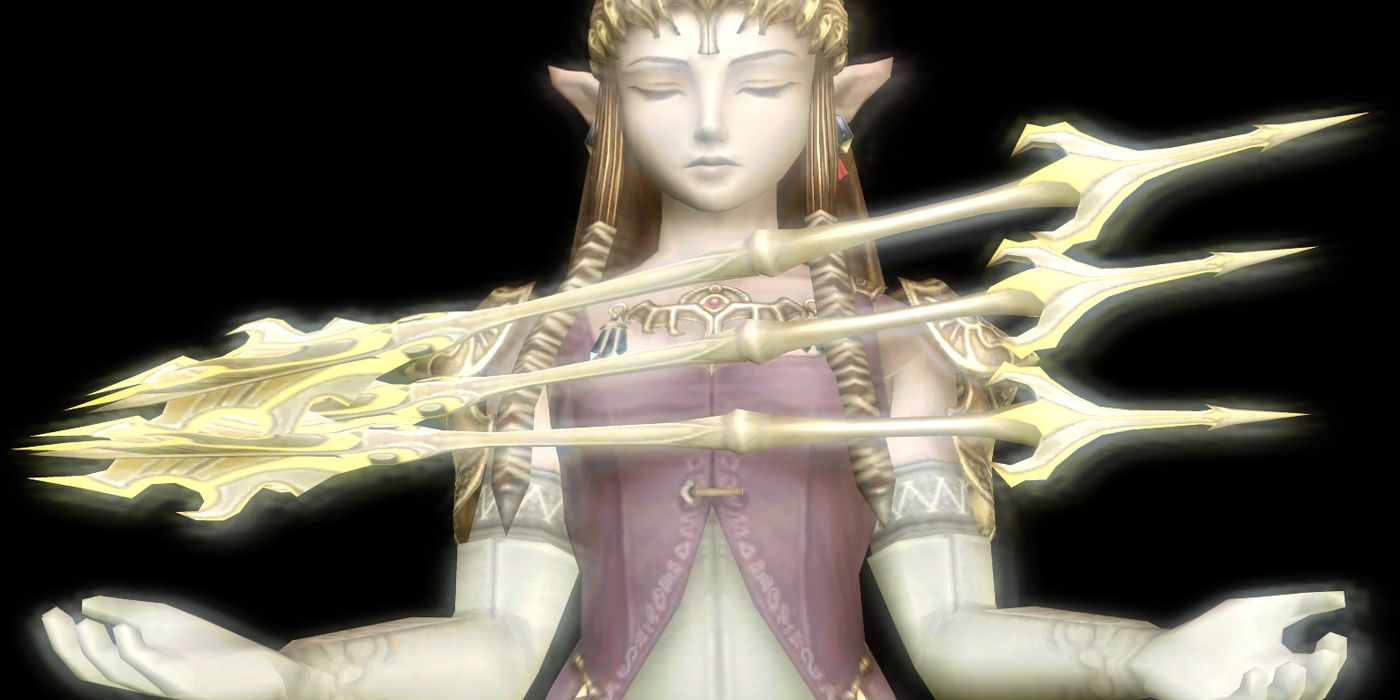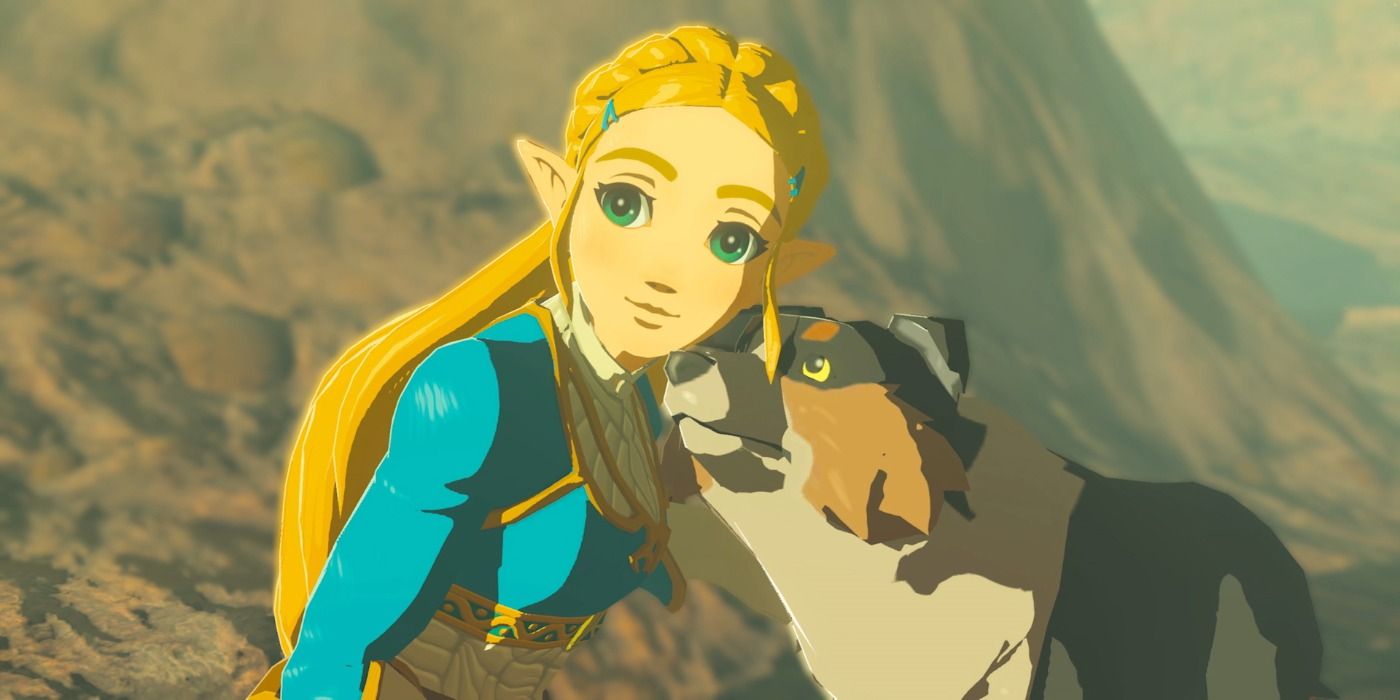Those who are eagerly anticipating Hyrule Warriors: Age of Calamity got an extended look at the upcoming title during Tokyo Game Show 2020. Arguably the biggest new detail revealed through its "Champions Unite!" trailer and gameplay showcase is that Impa will be a playable character in Age of Calamity, fighting Ganon's army alongside Link, Zelda, and the Champions. In Breath of the Wild, Impa is the wisened matriarch of the Sheikah living in Kakariko Village, and there is plenty to explore as far as her contributions to the war effort 100 years prior.
Since Impa and members of her family like Purah are alive in both time periods, Age of Calamity has space to set up plot elements regarding how they will grow and change over the period when Link is asleep. Not everyone is that lucky, as the Champions are narratively constrained by their inevitable deaths and post-mortem appearances. Princess Zelda is in a slightly trickier position. She appears in both timelines like Impa, but she also spends the 100-year gap in hibernation fighting off the scourge of Ganon's might.
In addition, Zelda's character arc as seen in Link's flashbacks throughout Breath of the Wild involve her struggles to unlock the power of the Goddess, and it focuses heavily on her contentious relationship with King Rhoam — who stifles her personal aspirations to try and foster her divine abilities. The original trailer for Age of Calamity released earlier this month shows Zelda will be a playable character using the Sheikah Slate to put a Lynel warrior into Stasis. While this is a big deal for the whole Legend of Zelda franchise, it needs to be handled carefully so as not to leave any glaring holes in the Breath of the Wild subfranchise.
Zelda's History
One big thing fans are interested in seeing for Breath of the Wild 2 is a playable Zelda, or at least seeing her be an integral companion for Link throughout the adventure. Outside of spin-off games like Super Smash Bros. Ultimate, Zelda herself has not had much time in the spotlight considering the franchise bears her name. More often than not she is the damsel in distress being held prisoner by Ganon, going all the way back to The Legend of Zelda on the NES.
Some games have given the Princess more agency in their plots. Twilight Princess is a decent example of this since Zelda directs Link on where to go at the start, and even gives her life to save a dying Midna. Zelda also frequently helps the player in alternate forms, as Sheik in Ocarina of Time and as Tetra in Wind Waker — though the latter is a poorer example considering Tetra is sidelined as soon as her royal heritage is uncovered.
Only a select few games have playable Zeldas, at least in a companion role. In The Legend of Zelda: Spirit Tracks, a descendant of Tetra becomes a ghost and accompanies Link on his journey, thereby helping him possess suits of living armor called Phantoms to solve puzzles. She also notably stars in Zelda: The Wand of Gamelon on the Philips CD-i, which was not developed by Nintendo and is part of a series generally despised by the community.
Zelda in Breath of the Wild and Beyond
While Skyward Sword has, perhaps, the most down-to-earth and relatable Zelda given her childhood friendship with Link and banter around Skyloft, Breath of the Wild's version is a close second. Her role in the direct narrative is minimal as she only talks to Link via telepathy before he saves her from Calamity Ganon. However, her presence in the world is potent. There are multiple side quests related to Zelda, from finding her royal steed to figuring out her favorite dessert, but one major quest involves Link discovering memories centered around their relationship.
Through these memories and stories by other characters, players come to find out that Breath of the Wild's Zelda is an insatiably curious girl who loves ancient relics, primarily the Guardians believed to be their hope for stopping Calamity Ganon. It's likely that drive would define her life if not for her father forcing her to train and hone the Goddess' abilities. Players watch Zelda fail to harness this power multiple times, which culminates in despair as she feels helpless to stop the Calamity once it begins. In the end, it's her growing relationship with Link that helps her activate these powers after he is defeated.
One area where Age of Calamity could shine brightest in terms of bolstering Zelda's character is by giving her more time to interact with Link and the Champions. As heartbreaking as the game wants players to feel their defeat is, the framed narrative Breath of the Wild takes does not give her time to really talk with those she cares for most. By letting her do battle with ancient technology using the Sheikah Slate, alongside warriors such as Impa, the game may also put in a lot of legwork to emphasize her interests.
However, the more the game proves Zelda's usefulness with the area of study she loves, the more it may counterintuitively mess with her character. If players are truly meant to sympathize with Zelda feeling useless as her friends die around her, there may be a certain amount of ludonarrative dissonance coming off of gameplay where she can hold her own against thousands of enemies without plot armor.
If the game provides players the opportunity to control Zelda after she awakens her powers, there are other potential issues. Should, say, Calamity Ganon be her final boss battle, if she possesses overwhelming strength it may counteract the idea that she struggles to hold back his might for the next 100 years. It's a tricky balancing act, especially with a sequel on the way, so hopefully the developers do well to explain the shift in power levels by way of there being two different genres at play.
Hyrule Warriors: Age of Calamity will launch on November 20 for the Switch.



